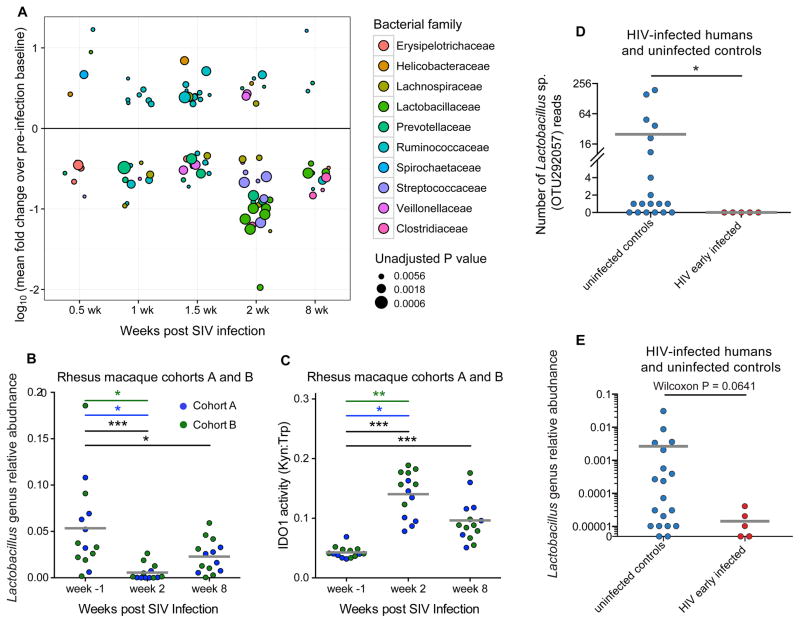Figure 2. Gut microbiota taxonomic shifts across time in SIV-infected rhesus macaques and in early HIV infection.
A) Shown are OTUs that differ significantly between pre-infection time point and each p.i. time point within each animal, with Wilcoxon matched-pairs signed rank test P < 0.01 and mean read abundance fold change > 2. Colors indicate the bacterial family to which each OTU belongs; the relative sizes of points are proportional to the inverse log of Wilcoxon P values.
B) Lactobacillus genus is depleted at 2 weeks p.i. and this depletion persists into the chronic phase of SIV infection at 8 weeks p.i. as compared to pre-infection. Wilcoxon matched-pairs signed rank test was used for each comparison.
C) Rhesus macaques exhibit elevated IDO1 activity that persists into the chronic phase of infection. Wilcoxon matched-pairs signed rank test, * P < 0.05, ** P < 0.005, *** P < 0.0005 for RM cohorts A and B considered together (black error bars).
D) Lactobacillus sp. OTU 292057 is significantly depleted in the stool of early HIV-infected human subjects as compared to uninfected risk-matched controls (P = 0.019). Dataset used for this analysis was rarified to 97,000 reads per sample.
E) Fecal Lactobacillus genus abundance trends toward significant depletion in early HIV-infected human subjects as compared to uninfected controls (P = 0.0641). See also Table S1.

